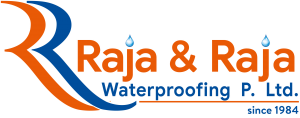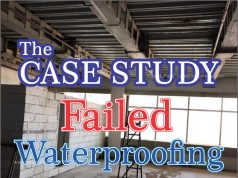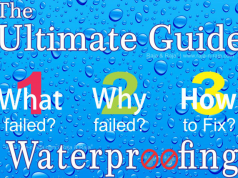Causes of Occurrence for Efflorescence:
Any earth building materials that come into contact with the ground or water (in any form) may be susceptible to efflorescence. But if you know the root causes of efflorescence, you can select the right building materials and prevent this problem from occurring.

I believe you have read the reason of the Efflorescence from the past post >> Efflorescence & its Causes
The main reason of these efflorescence to occur is because of the Leakage. Efflorescence is one of the symptom the existence of the leakage or seepage.
Read further which of the few building materials which cause Efflorescence.
Efflorescence or Salting or Whiskers is associated with a number of building materials, including:
- Lime:Lime is obtained in a quarry and is water-soluble material which reacts with unbuffered hydrochloric acid present within and produce calcium chloride (CaCl2) that migrate to a material’s surface due to evaporation process.
Use of Lime as building material shows the improvement in bonding strength between bricks & mortar. Also, increases the water resistance to the masonry materials. - Sand: Sand is integral part of any mortar and grout. Sand is water insoluble material.
It makes people wonder, how water-insoluble material can contribute to efflorescence? Here’s the explanation:
Sant gets contaminated with materials that can contribute to the salting. Sand used in construction is procured from a river bed. Which can have some contamination.
Cure: For building & construction project, use of Washed & Cleaned sand can reduce the risk of appearance of efflorescence. - Clay:Clay is an earth material consisting of Finely-grained natural rock or soil material. Also, building brick and face brick consist of clay., found which contains highly soluble salts from quartz (SiO2), metal oxides (Al2O3, MgO etc.) and organic matter which are basic content of the soil.
- Portland Cement:Portland cement is being manufactured using Lime stone or lime powder. As lime is an earth material and may contain the water-soluble salt. Portland cement is a key contributor to in mortar and grout. It is rich in salt and is more likely to effloresce than other types of cement.
All type of cement contains some water-soluble salts. Which results in occurrence of Efflorescence in any type of cement. - Brick:Brick being a material made out of clay-bearing soil, sand, and lime, or concrete materials and is a porous building material. Since it is a porous material, brick may absorb soluble salts. Also, its content like clay or concrete may poses the water-soluble salts which results in efflorescence.
Remember,

These are the few Alkalis or Salts which cause the Efflorescence are:
| Salts | Found from |
| Calcium Sulphate | Brick |
| Sodium Sulphate | Cement & Cement Bricks |
| Potassium Sulphate | Cement & Cement Bricks |
| Calcium Carbonate | Mortar & Concrete |
| Sodium Carbonate | Mortar |
| Potassium Carbonate | Mortar |
| Manganese oxide | Brick |
Sort listing the right building & construction materials is essential key for any construction & building project. Also, If impact of efflorescence is known & understood for various building materials along with identification of efflorescence, there are likely chances of diminishing the problem.
If you already got Efflorescence read Getting Rid of Efflorescence.





